Apollo 11 Flight Plan, pp 3-122/3-123, a single sheet printed recto and verso, NASA/MSC, July 1, 1969, 10½ by 8 inches, inscribed in pencil by Michael Collins (see below), and in ink by Aldrin. The flown flight plan sheet listing the time period of the Apollo 11 crew's final TV broadcast, where they reflected on the historical significance of the lunar landing and thanked the American public for the decade of support that made it possible. Accompanied by a Typed Letter Signed by Aldrin, which reads in part: "Enclosed with this letter is a sheet numbered 3-122 and 3-123 from the Apollo 11 Flight Plan, Part No. SKB32100080-350, S/N 1001. It is part of the entire document that was carried to the Moon in Command Module Columbia on the first lunar landing mission during July 16 to 24, 1969. This sheet is from the detailed timeline section and covers from hour 174 to the beginning of hour 178 in the mission. Page 3-123 has the attitude and antenna angles that Mission Control radioed us about ½ hour before our last scheduled television transmission of the flight. Mike Collins logged the values of: 'R 012, P 270, Y 000' which were the Roll, Pitch, and Yaw angles to place Columbia in the proper attitude. This allowed us to view the Earth out our number 1 window and the Moon out our number 5 window. Mike also logged: 'HGA P +14, Y 263' which were the Pitch and Yaw angles for our High Gain Antenna. Commander Neil Armstrong began our TV broadcast with a welcome to all viewers and a reference of how author Jules Verne wrote about a voyage to the Moon and the similarities to our actual flight. Neil then introduced Mike Collins who stressed that this flight might have look simple or easy, but indeed it was not. He noted the complicated machinery required including the Saturn V launch vehicle, our spacecraft, and rocket engines. He gave tribute to the thousands of American workers that made this all possible. Only through their 'blood, sweat, and tears' did we accomplish our mission. I then had the opportunity to address viewers around the world. I talked about the more symbolic aspects of the flight and how onboard we had the conclusion that 'this has been far more than three men on a voyage to the Moon. More, still than the efforts of a government and industry team. More even than the efforts of one nation. We feel that this stands as a symbol of the insatiable curiosity of all mankind to explore the unknown. Neil's statement the other day upon first setting foot on the surface of the Moon – "This is a small step for a man, but a great leap for mankind" - I believe sums up these feelings very nicely. We accepted the challenge of going to the Moon, the acceptance of this challenge was inevitable ... In retrospect, we have all been particularly pleased with the call signs that we very laboriously chose for our spacecraft, "Columbia" and "Eagle." We've been particularly pleased with the emblem of our flight, depicting the U.S. eagle bringing the universal symbol of peace from the Earth, from the planet Earth to the Moon, that symbol being the olive branch. It was our overall crew choice to deposit a replica of this symbol on the Moon.' Commander Neil Armstrong gave some final thoughts to viewers on Earth. He said: 'The responsibility for this flight lies first with history and with the giants of science who have preceded this effort. Next with the American people, who have through their will, indicated their desire. Next to four administrations and their Congresses for implementing that will. And then to the agency and industry teams that built our spacecraft, the Saturn, the "Columbia," the "Eagle," and the little EMU, the space suit and backpack that was our small spacecraft out on the lunar surface. We would like to give a special thanks to all those Americans who built those spacecraft, who did the construction, design, the tests, and put their - their hearts and all their abilities into those crafts. To those people, tonight, we give a sp
Apollo 11 Flight Plan, pp 3-122/3-123, a single sheet printed recto and verso, NASA/MSC, July 1, 1969, 10½ by 8 inches, inscribed in pencil by Michael Collins (see below), and in ink by Aldrin. The flown flight plan sheet listing the time period of the Apollo 11 crew's final TV broadcast, where they reflected on the historical significance of the lunar landing and thanked the American public for the decade of support that made it possible. Accompanied by a Typed Letter Signed by Aldrin, which reads in part: "Enclosed with this letter is a sheet numbered 3-122 and 3-123 from the Apollo 11 Flight Plan, Part No. SKB32100080-350, S/N 1001. It is part of the entire document that was carried to the Moon in Command Module Columbia on the first lunar landing mission during July 16 to 24, 1969. This sheet is from the detailed timeline section and covers from hour 174 to the beginning of hour 178 in the mission. Page 3-123 has the attitude and antenna angles that Mission Control radioed us about ½ hour before our last scheduled television transmission of the flight. Mike Collins logged the values of: 'R 012, P 270, Y 000' which were the Roll, Pitch, and Yaw angles to place Columbia in the proper attitude. This allowed us to view the Earth out our number 1 window and the Moon out our number 5 window. Mike also logged: 'HGA P +14, Y 263' which were the Pitch and Yaw angles for our High Gain Antenna. Commander Neil Armstrong began our TV broadcast with a welcome to all viewers and a reference of how author Jules Verne wrote about a voyage to the Moon and the similarities to our actual flight. Neil then introduced Mike Collins who stressed that this flight might have look simple or easy, but indeed it was not. He noted the complicated machinery required including the Saturn V launch vehicle, our spacecraft, and rocket engines. He gave tribute to the thousands of American workers that made this all possible. Only through their 'blood, sweat, and tears' did we accomplish our mission. I then had the opportunity to address viewers around the world. I talked about the more symbolic aspects of the flight and how onboard we had the conclusion that 'this has been far more than three men on a voyage to the Moon. More, still than the efforts of a government and industry team. More even than the efforts of one nation. We feel that this stands as a symbol of the insatiable curiosity of all mankind to explore the unknown. Neil's statement the other day upon first setting foot on the surface of the Moon – "This is a small step for a man, but a great leap for mankind" - I believe sums up these feelings very nicely. We accepted the challenge of going to the Moon, the acceptance of this challenge was inevitable ... In retrospect, we have all been particularly pleased with the call signs that we very laboriously chose for our spacecraft, "Columbia" and "Eagle." We've been particularly pleased with the emblem of our flight, depicting the U.S. eagle bringing the universal symbol of peace from the Earth, from the planet Earth to the Moon, that symbol being the olive branch. It was our overall crew choice to deposit a replica of this symbol on the Moon.' Commander Neil Armstrong gave some final thoughts to viewers on Earth. He said: 'The responsibility for this flight lies first with history and with the giants of science who have preceded this effort. Next with the American people, who have through their will, indicated their desire. Next to four administrations and their Congresses for implementing that will. And then to the agency and industry teams that built our spacecraft, the Saturn, the "Columbia," the "Eagle," and the little EMU, the space suit and backpack that was our small spacecraft out on the lunar surface. We would like to give a special thanks to all those Americans who built those spacecraft, who did the construction, design, the tests, and put their - their hearts and all their abilities into those crafts. To those people, tonight, we give a sp


.jpg?w=400)


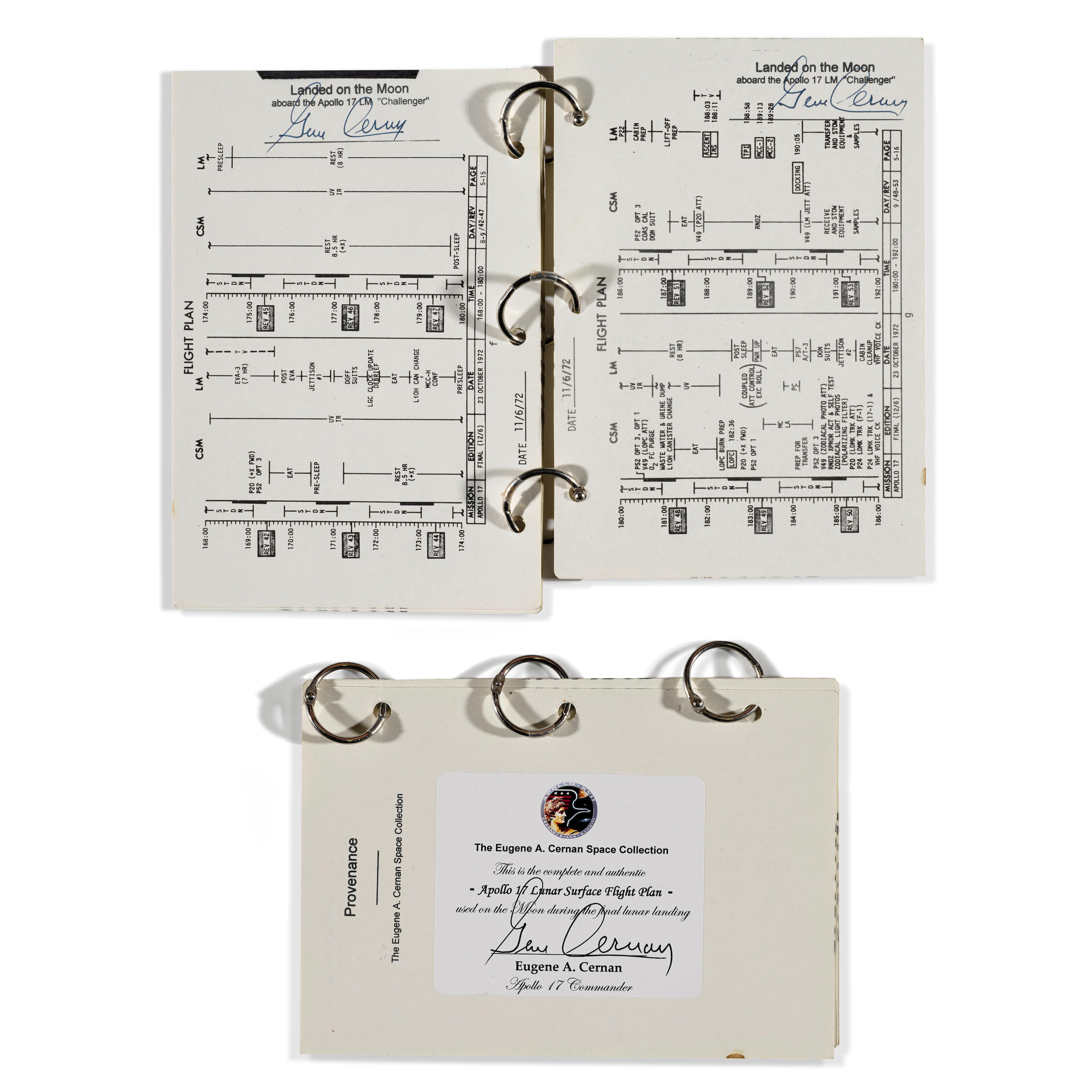


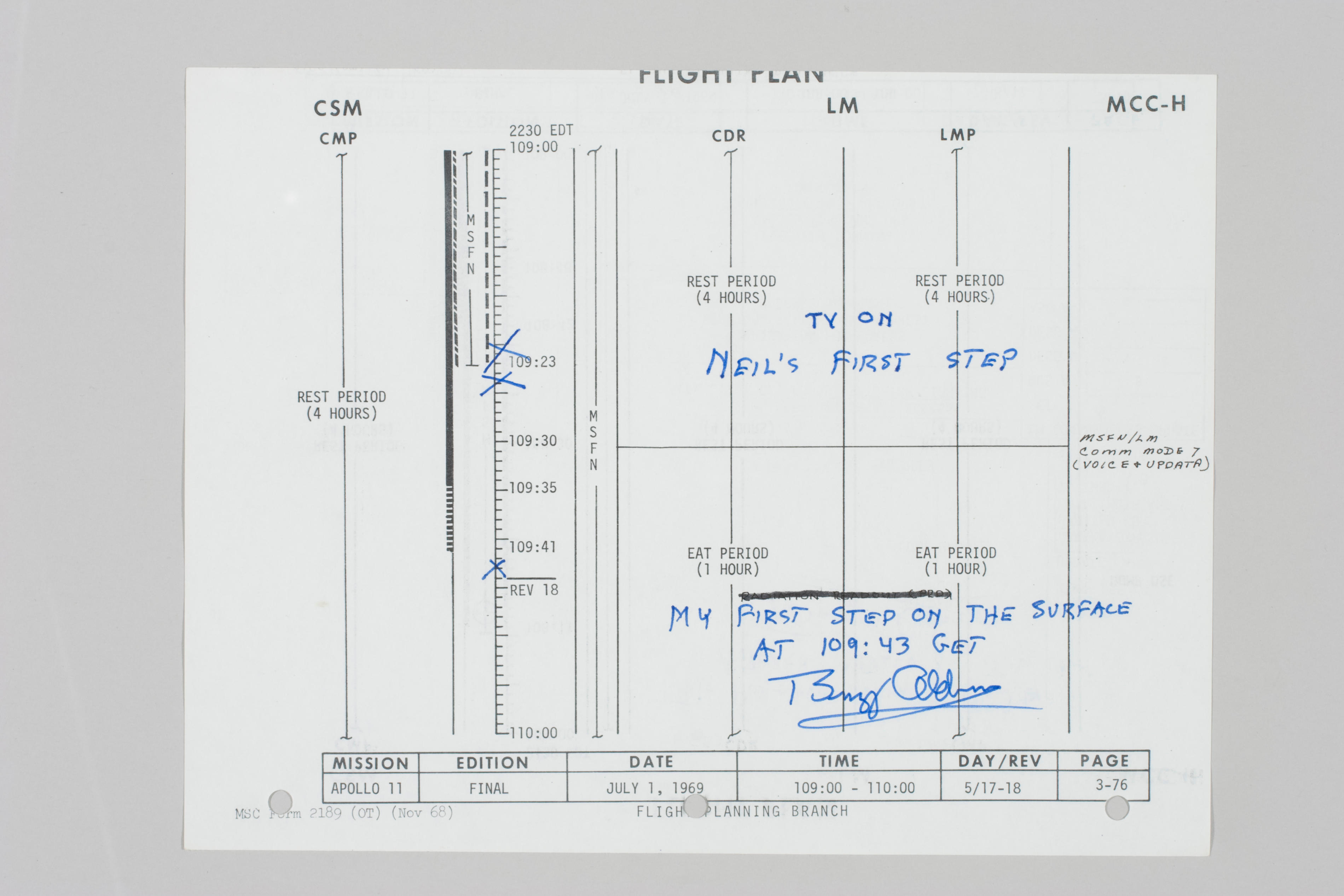
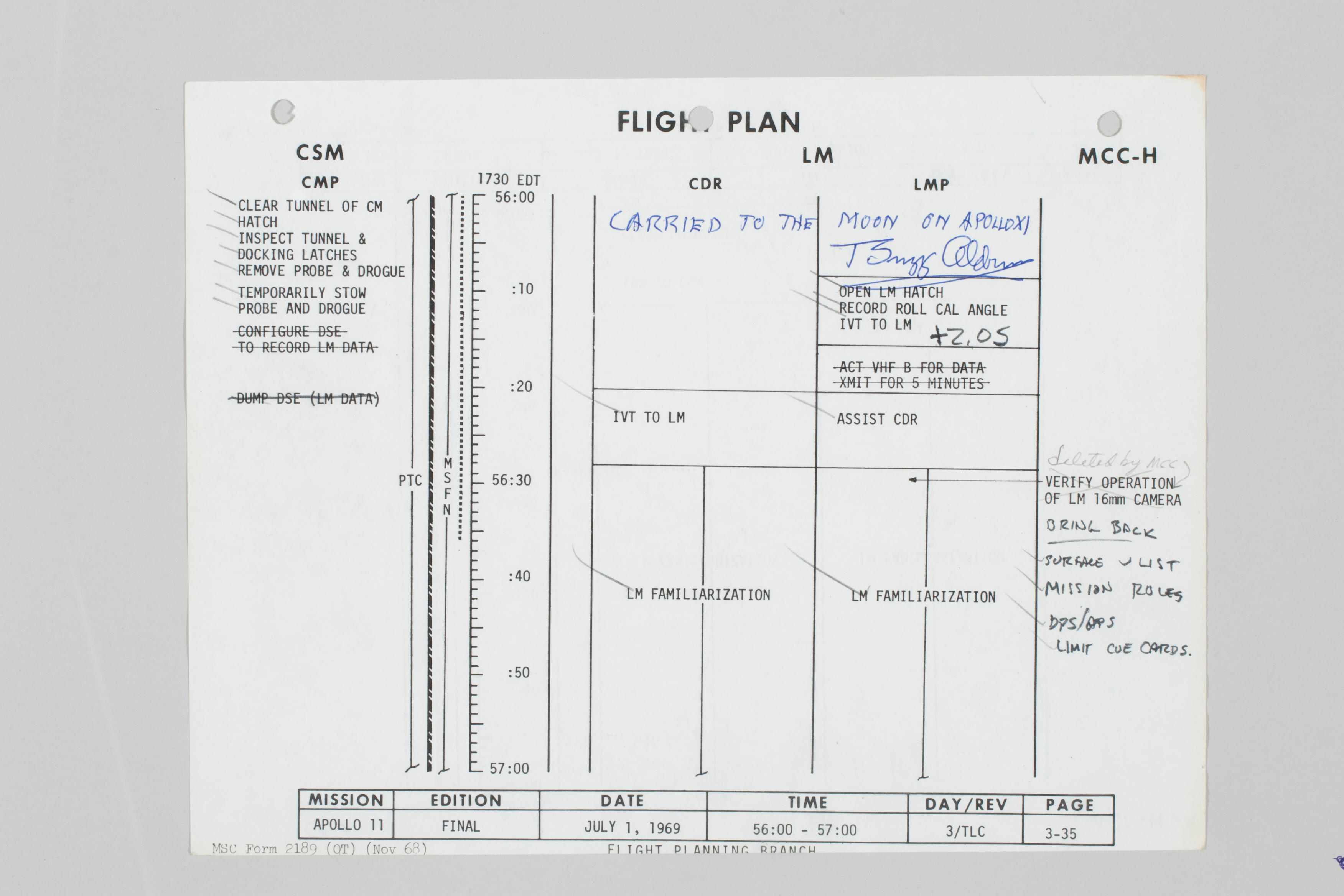
.jpg)
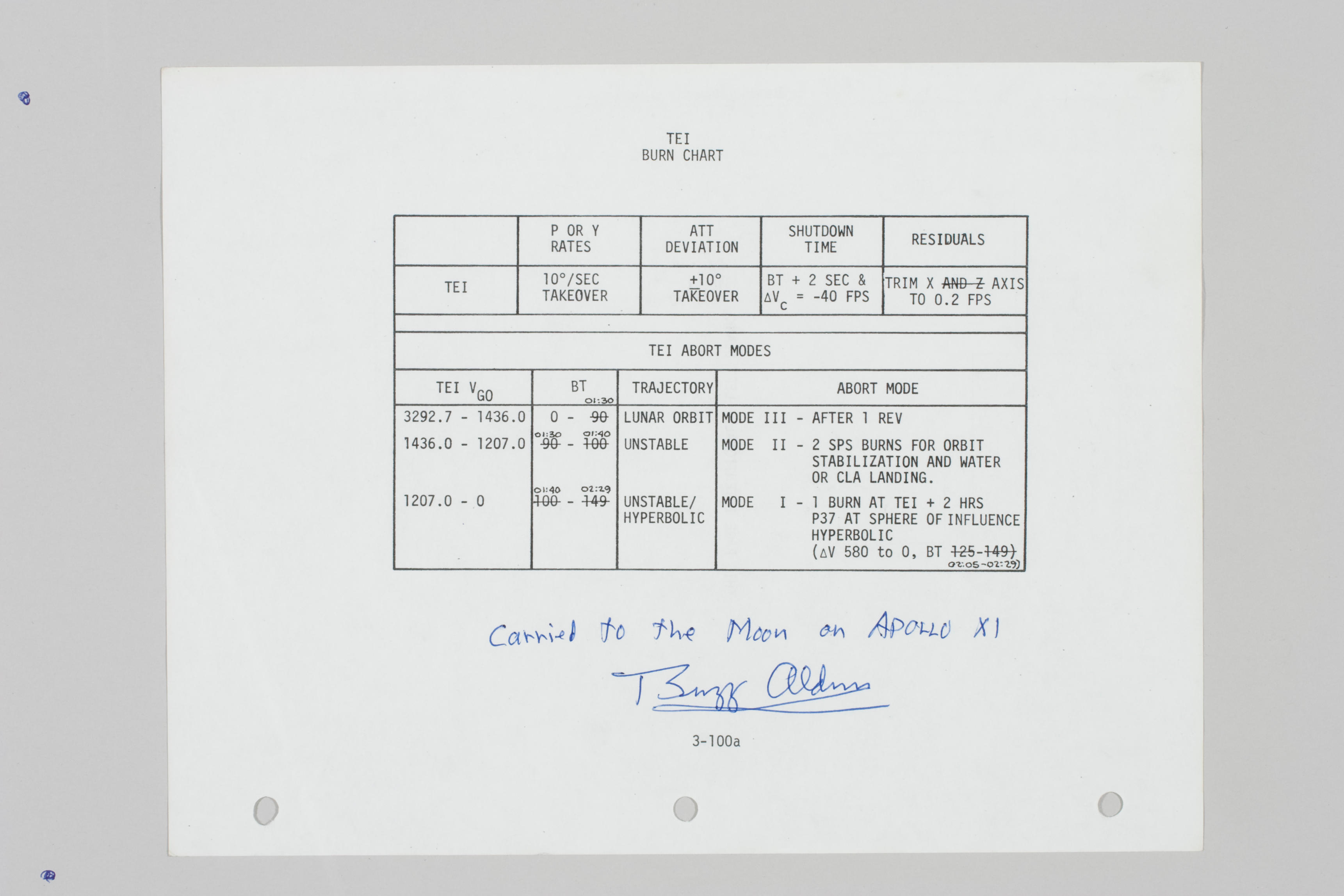
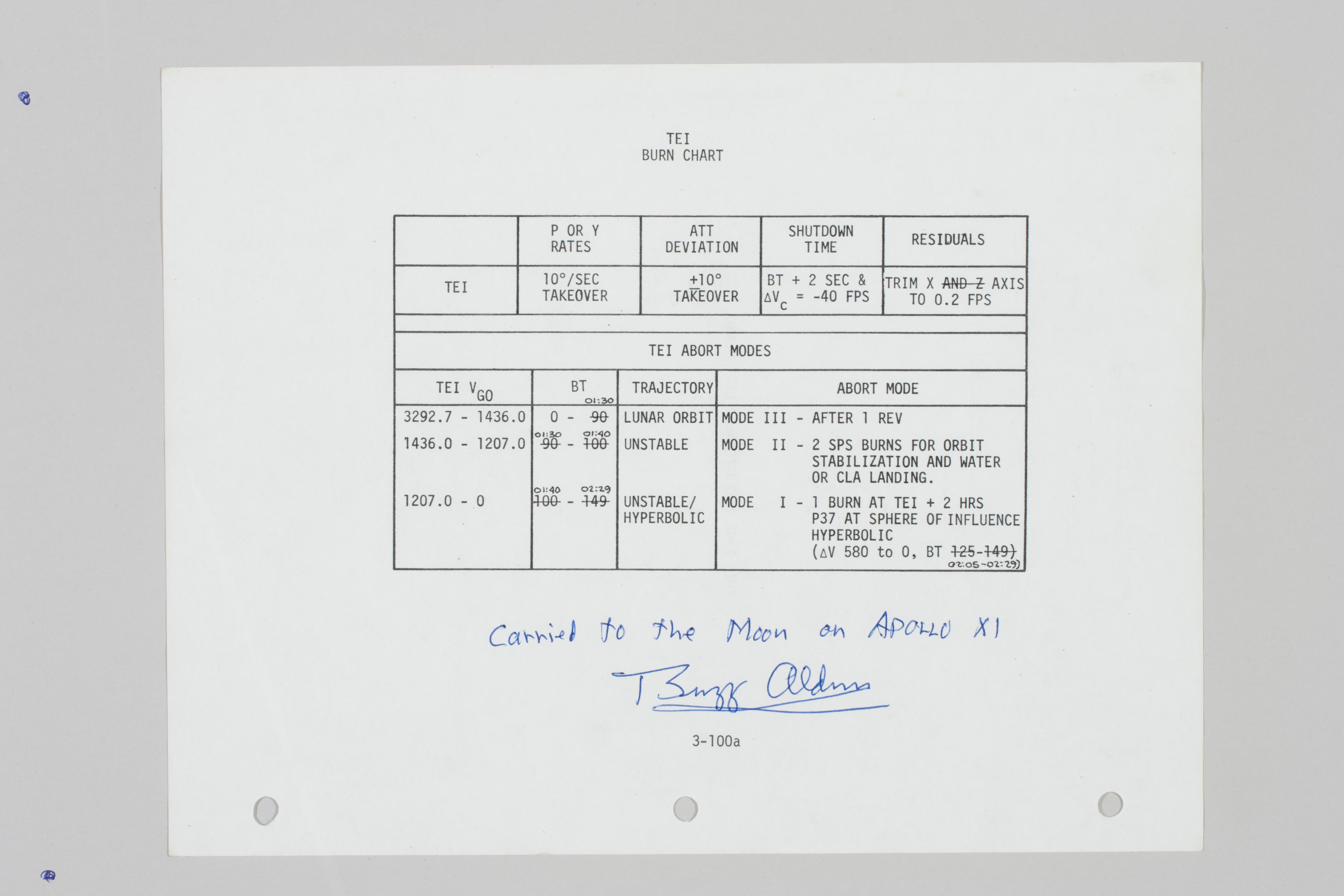
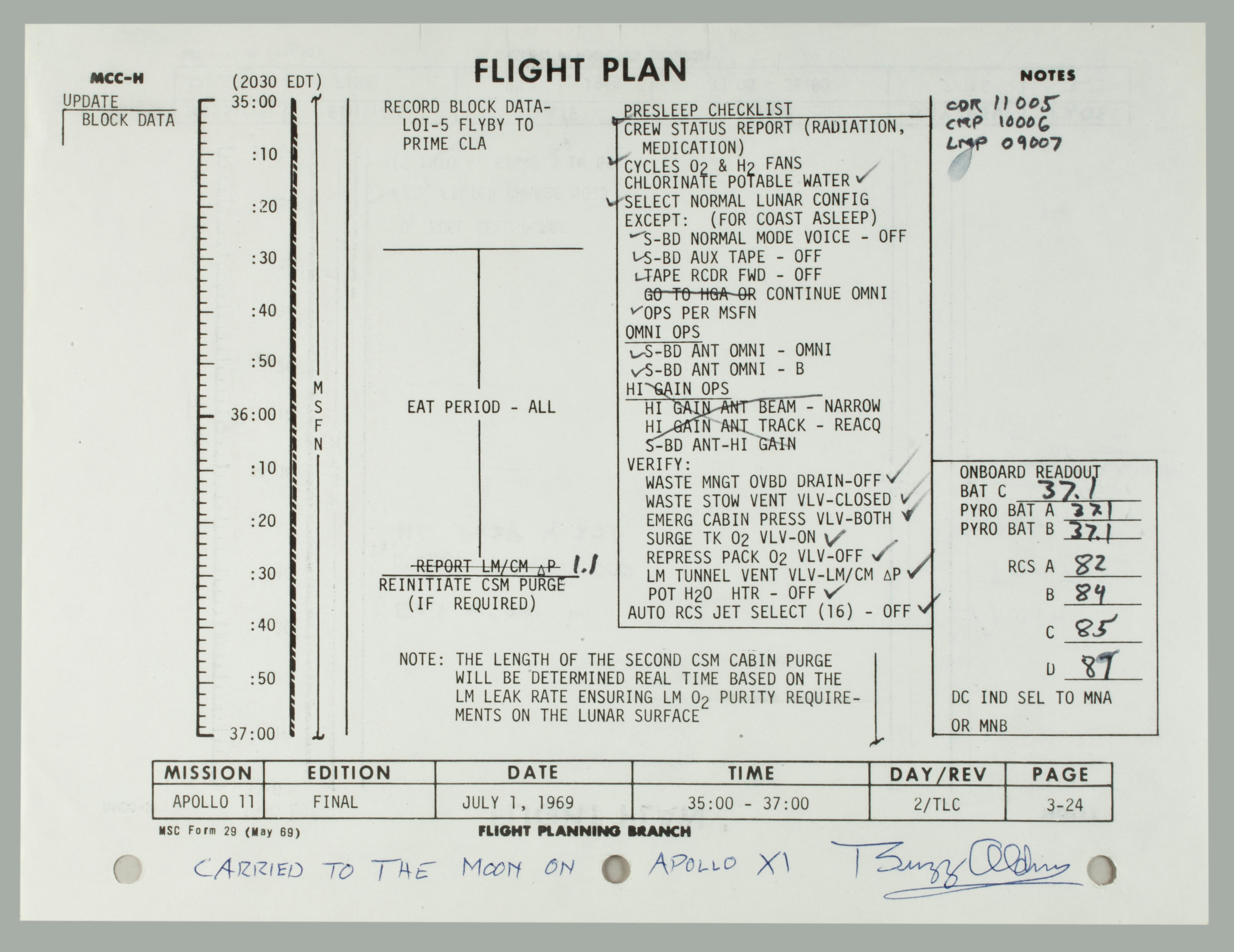
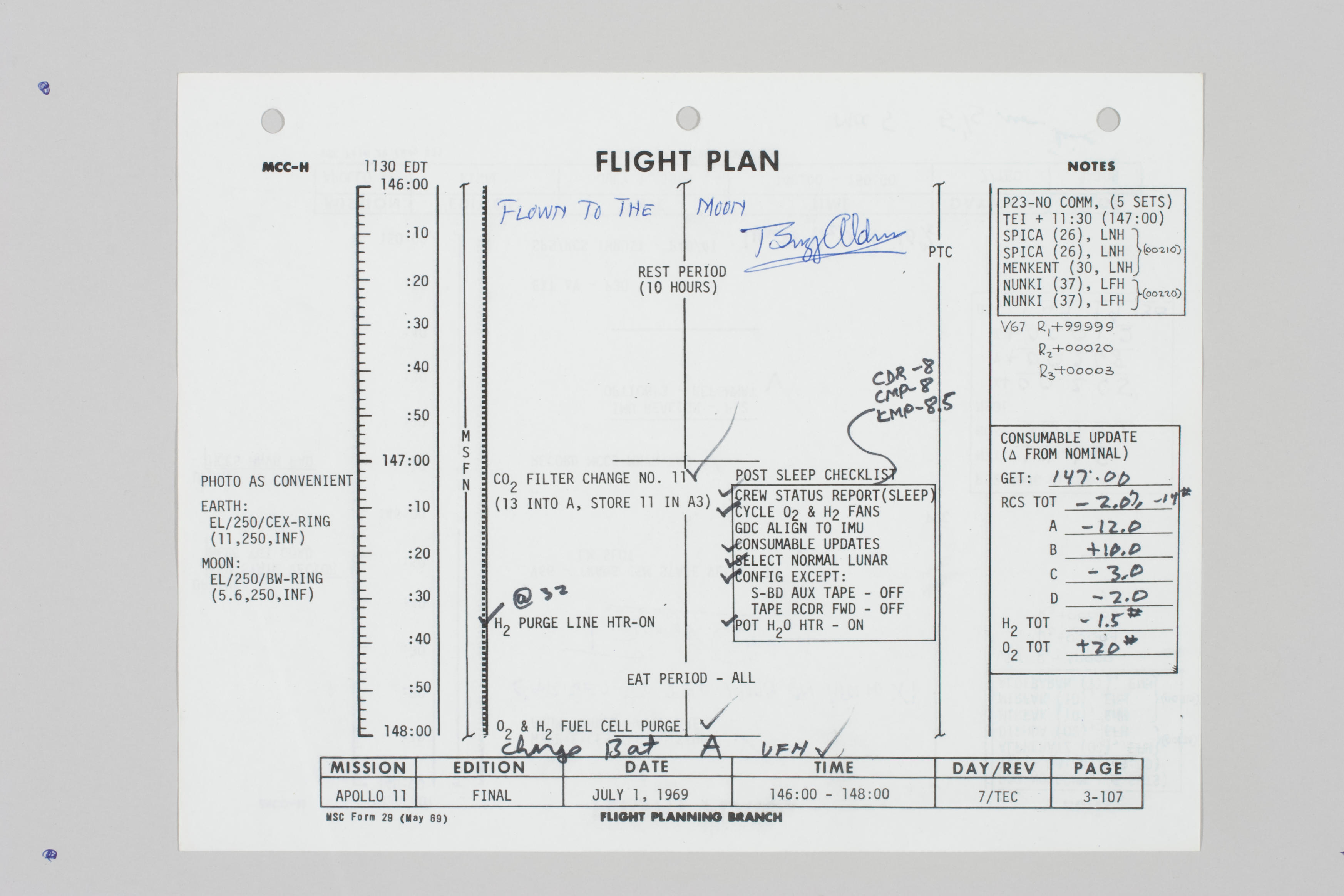
Testen Sie LotSearch und seine Premium-Features 7 Tage - ohne Kosten!
Lassen Sie sich automatisch über neue Objekte in kommenden Auktionen benachrichtigen.
Suchauftrag anlegen